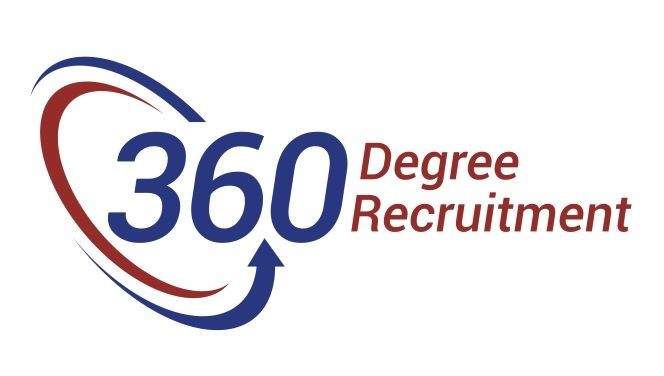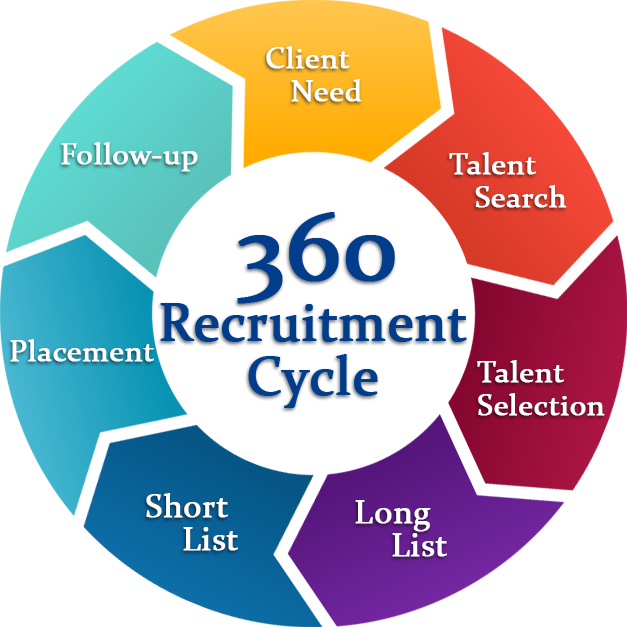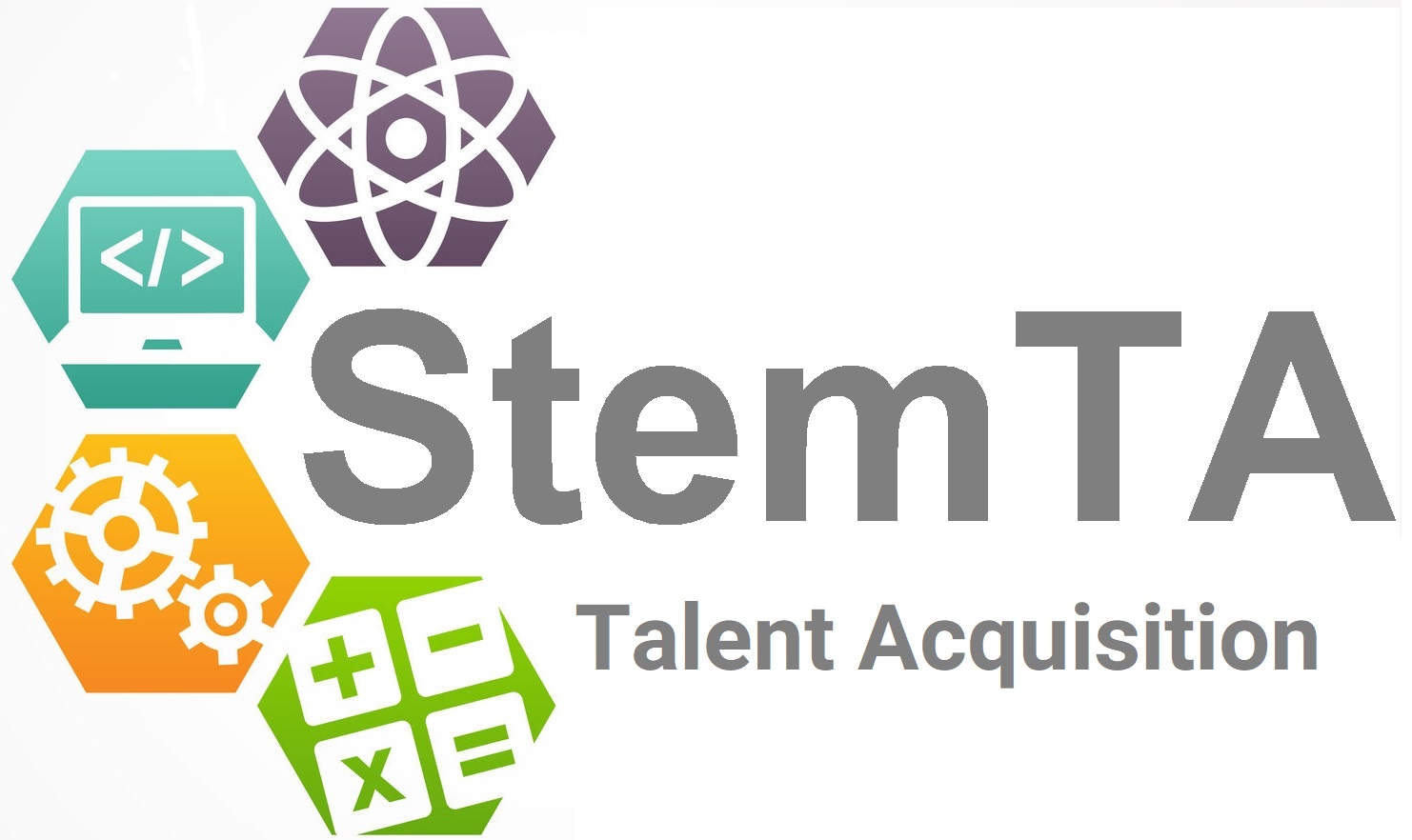What is 360 Recruitment?

Maximizing Recruitment Success with 360-Degree Hiring Strategies
In today’s competitive job market, recruitment has evolved into a multifaceted process that requires a comprehensive approach. The 360 recruitment strategy has emerged as a powerful tool, especially for recruitment agencies handling bulk hiring for similar candidate profiles. This innovative approach is designed to cover all aspects of the hiring process, maximize efficiency, and minimize costs.
Understanding 360 Recruitment
360 recruitment is a holistic hiring strategy that takes into account every factor involved in the hiring process. It’s a method that ensures every touchpoint with potential candidates is meticulously covered. This approach is particularly effective for recruitment agencies dealing with high-volume recruitment for positions that share common skills and qualifications.
The primary objective of 360 recruitment is to streamline the hiring process, minimize in-house recruitment efforts, and reduce costs. However, it’s important to note that this approach is most effective when recruiters possess a deep understanding of the candidates’ persona, skillsets, and the specific job requirements.
Key Components of 360 Recruitment
- Sourcing: This initial step involves identifying and attracting potential candidates. In the context of 360 recruitment, the focus is not just on active job seekers but also on passive candidates who may not be actively looking for new opportunities.
- Screening and Assessment: Once candidates are sourced, a comprehensive screening and assessment process is crucial. This includes evaluating their qualifications, skills, experience, and cultural fit.
- Interviews: The interview stage is vital in 360 recruitment. It’s not just about evaluating the candidates; it’s about building a relationship with them. This can include multiple rounds of interviews, each designed to assess different aspects of the candidate.
- Onboarding: The recruitment process doesn’t end with a job offer acceptance. Effective onboarding is critical for a candidate’s successful integration into the organization. A well-structured onboarding process can enhance the candidate experience and reduce turnover.
Benefits of 360 Recruitment
- Efficiency: By covering every aspect of the hiring process, 360 recruitment maximizes efficiency. This ensures that no opportunities are missed, and the right candidates are selected quickly.
- Cost Reduction: A more efficient process leads to cost savings. Fewer resources are wasted on unnecessary steps, and the overall cost of hiring is reduced.
- Personalized Candidate Experience: The 360-degree approach allows for personalized interactions with candidates at every stage. This can significantly influence a candidate’s decision to join your company and contribute to a positive employer brand.
- Client Satisfaction: For recruitment agencies, 360-degree recruitment can lead to higher client satisfaction. By covering every aspect of the recruitment cycle, agencies can provide a comprehensive and valuable service to their clients.
- Long-Term Relationships: Building long-lasting relationships with clients becomes easier when agencies demonstrate their commitment to thorough and effective recruitment processes. Clients are more likely to return for future hiring needs when they have confidence in the agency’s abilities.
In a rapidly evolving job market, the success of a company often hinges on its ability to attract and retain top talent. 360 recruitment is a strategic approach that ensures a thorough and efficient hiring process, making it a valuable tool for recruitment agencies and organizations alike. By covering every aspect of the hiring cycle, this approach not only saves time and reduces costs but also enhances the overall candidate and client experience. Embracing 360-degree recruitment can be a game-changer in today’s competitive hiring landscape.

The Pros and Cons of 360 Recruitment Versus 180 Recruitment
180 Recruitment Model:
Pros:
- Efficiency: The 180-degree model focuses primarily on either sourcing or recruiting, allowing recruiters to specialize and become highly efficient in their respective roles.
- Cost Savings: By dividing the recruitment process into distinct phases, companies can potentially reduce costs associated with the hiring process, such as salaries and technology tools.
- Specialization: Recruiters can develop expertise in either sourcing or recruiting, which may lead to better outcomes in their specialized area.
- Scalability: This model can be easier to scale up or down depending on the organization’s needs, as specific roles can be allocated as necessary.
Cons:
- Limited Oversight: The division between sourcing and recruiting can sometimes result in a lack of continuity in the hiring process, potentially leading to missed opportunities or disjointed candidate experiences.
- Communication Challenges: Collaborating between the sourcing and recruiting teams may present communication challenges, potentially causing delays or misunderstandings in the process.
- Loss of Context: When recruiters are specialized in one area, they may miss out on valuable context about the candidate, which can be crucial for finding the right fit.
360 Recruitment Model:
Pros:
- Comprehensive Approach: The 360-degree model covers all aspects of the recruitment process, ensuring that no opportunities are missed, and candidates receive consistent, personalized experiences.
- Efficiency: By having control over every stage, companies can streamline the process, reducing bottlenecks and time-to-hire.
- Cost-Effectiveness: While it may seem more resource-intensive initially, the 360-degree model often leads to cost savings in the long run by reducing turnover and ensuring better fits.
- Candidate Relationship Building: A 360-degree approach allows for deeper candidate engagement and relationship-building, which can lead to better retention rates and positive employer branding.
Cons:
- Resource-Intensive: Implementing and managing a 360-degree recruitment model may require more resources and a highly skilled team capable of handling all aspects of the hiring process.
- Complexity: Coordinating all stages of recruitment can be challenging and may require sophisticated technology tools and project management.
- Potential Overhead: In some cases, the added control and coordination may result in increased overhead costs compared to a more specialized approach.
The choice between the 180 and 360-degree recruitment models depends on an organization’s specific needs, resources, and objectives. The 180-degree model offers specialization and scalability but may sacrifice some continuity and communication. On the other hand, the 360-degree model provides a comprehensive, efficient, and candidate-focused approach but may require more initial resources and oversight.
At Stemta Corporation, we revolutionize the way you hire talent with our 360 Recruitment approach. We seamlessly integrate every facet of the hiring process, from sourcing to onboarding, ensuring you experience the full spectrum of benefits. Our comprehensive strategy maximizes efficiency, minimizes costs, and provides a personalized candidate experience. With Stemta, you’ll build stronger, lasting relationships with top talent and clients, all while enjoying unparalleled control over each recruitment stage. Elevate your hiring game with Stemta Corporation, where 360 Recruitment delivers unparalleled results.
Stemta Corporation understands that one size doesn’t fit all when it comes to recruitment, which is why we created SourceCandidates to focus on 180 Recruitment. We offer the versatility of both 180 and 360 Recruitment models, tailored to meet your unique needs. Whether you’re looking for specialized expertise in sourcing or recruiting with our SourceCandidates.com 180 model, or you prefer the comprehensive approach of our Stemta.com 360 model, we’ve got you covered. Our client-centric approach ensures that your hiring strategy aligns perfectly with your goals, allowing you to find and retain top talent efficiently.





Good Info!